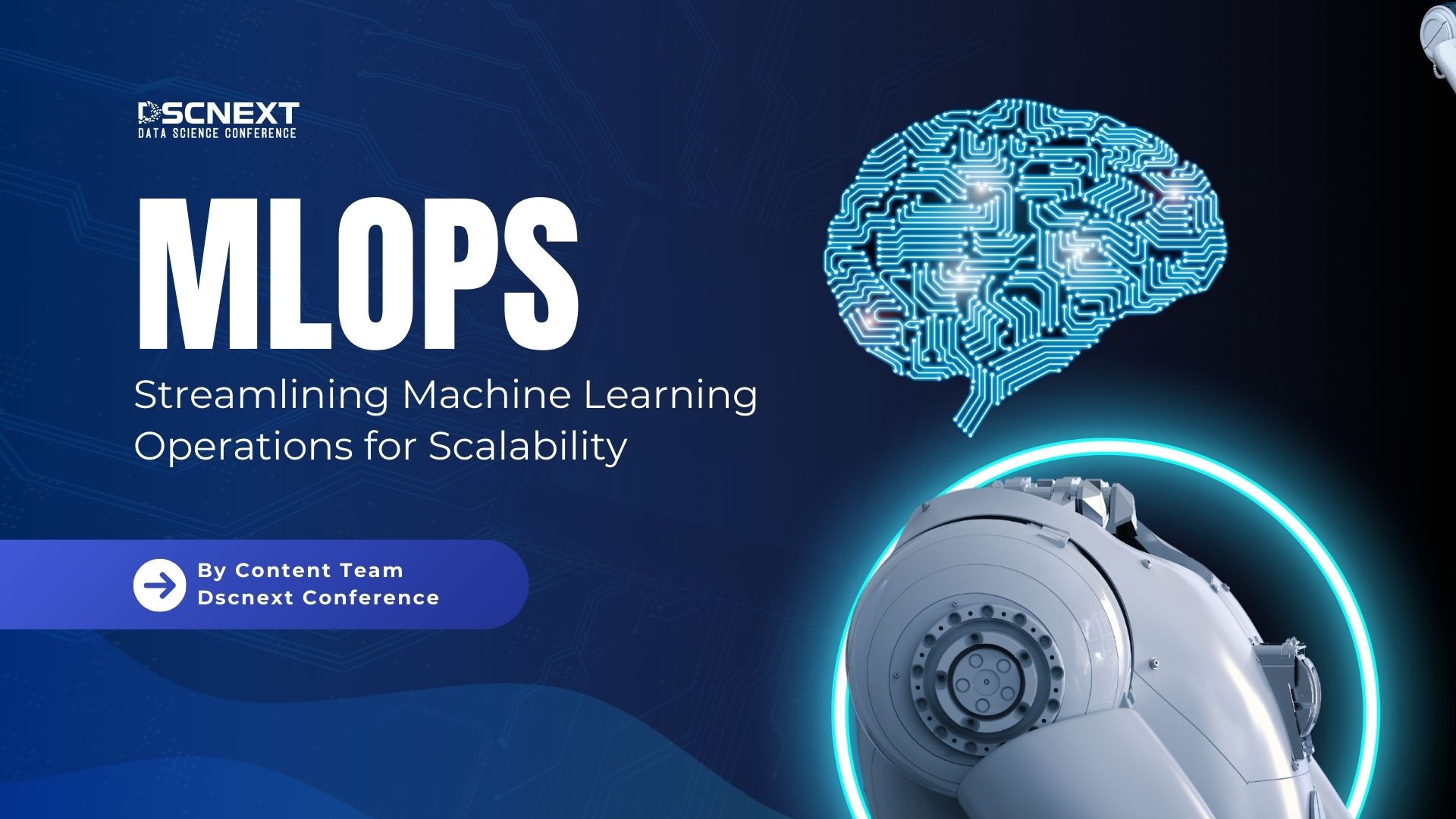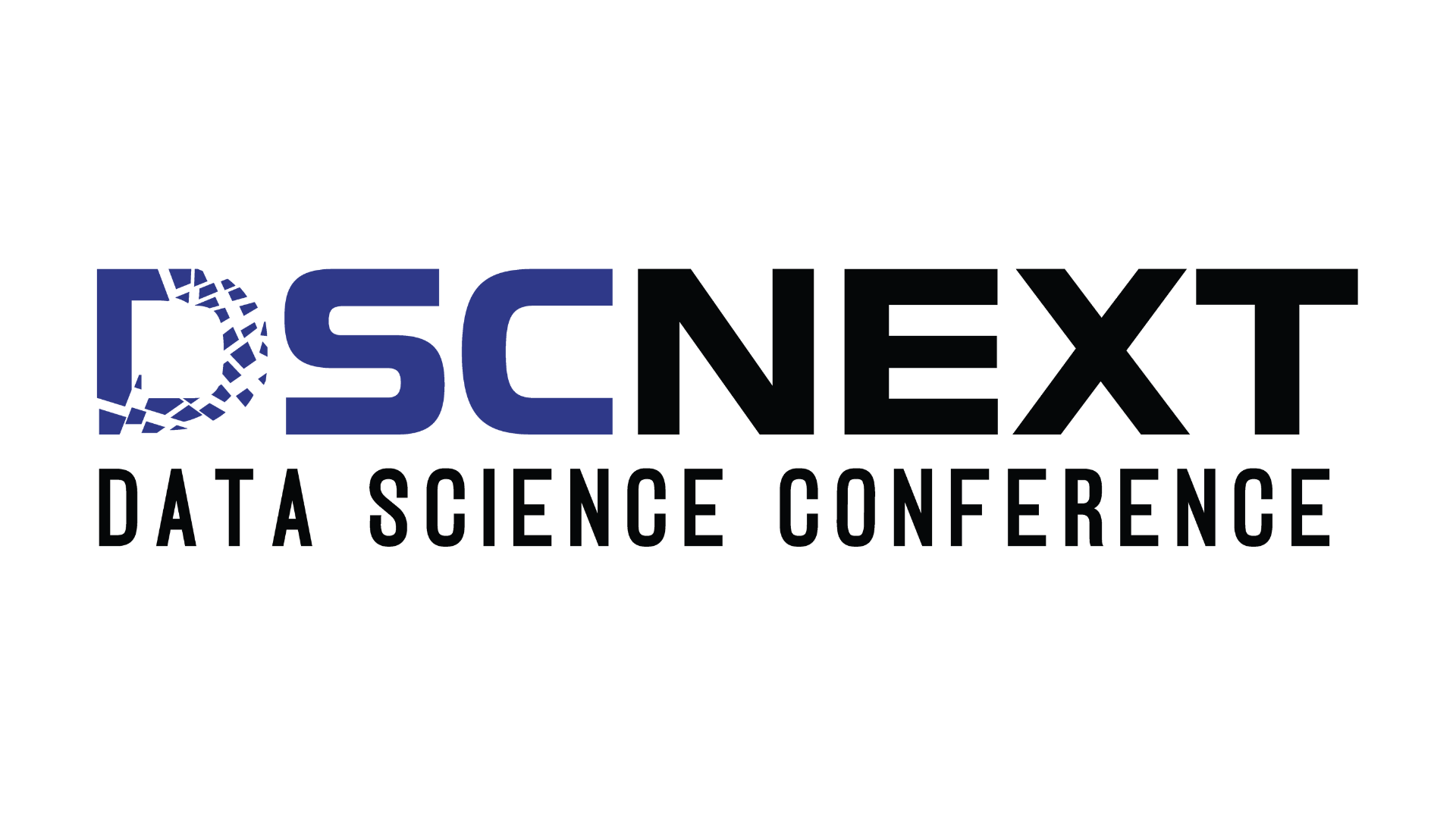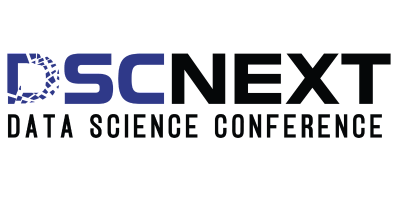
In today’s fast-paced digital landscape, organizations are increasingly turning to Machine Learning (ML) to drive insights and innovation. However, deploying and managing ML models in production environments presents unique challenges. This is where Machine Learning Operations (MLOps) comes into play, providing a framework that streamlines the entire ML lifecycle from development to deployment and beyond.
What is MLOps?
MLOps is a set of practices that combines principles from machine learning, DevOps, and data engineering. Its primary goal is to enhance collaboration among data scientists, ML engineers, and operations teams, ensuring that machine learning models are reliable, scalable, and maintainable in production environments. By integrating automated pipelines, continuous monitoring, and version control, MLOps facilitates a smoother transition from model development to deployment
Key Components of MLOps
- Data Management
- Efficient data collection, storage, and versioning.
- Data preprocessing and feature engineering.
- Data validation and quality assurance.
- Model Development
- Experiment tracking and model versioning.
- Collaborative development environments.
- Automated model training and evaluation pipelines.
- Deployment
- Automated deployment processes to ensure rapid go-to-market times.
- Continuous monitoring of model performance post-deployment.
- Enabling automatic rollbacks for production models when necessary.
- Governance and Compliance
- Implementing stringent governance practices to mitigate risks associated with model errors and biases.
- Ensuring compliance with regulatory standards.
Benefits of MLOps
- Faster Time-to-Market: MLOps reduces the time required to develop and deploy ML models, enabling organizations to respond quickly to market changes
- Improved Model Reliability: Automated testing and monitoring ensure that models remain accurate over time, reducing the likelihood of errors in production.
- Scalability: Organizations can efficiently manage numerous models across various environments, scaling their ML operations as needed.
- Enhanced Collaboration: By breaking down silos between teams, MLOps fosters a collaborative environment that enhances productivity and knowledge sharing.
Implementing MLOps
To successfully implement MLOps, organizations should consider the following steps:
- Assess Current Processes: Understand existing workflows and identify areas for improvement.
- Automate Pipelines: Invest in tools that facilitate continuous integration/continuous delivery (CI/CD) for ML models.
- Establish Monitoring Systems: Implement systems for ongoing performance tracking of deployed models to ensure they meet business needs.
- Foster Collaboration: Encourage communication between data scientists, engineers, and operations teams to streamline workflows.
Conclusion
MLOps represents a transformative approach to managing machine learning initiatives. By streamlining operations through automation and enhanced collaboration, organizations can unlock the full potential of their AI initiatives while maintaining high performance and compliance standards. As AI continues to evolve, adopting MLOps practices will be crucial for businesses looking to stay competitive in an increasingly data-driven world
Embracing MLOps not only leads to more efficient workflows but also positions organizations for success in leveraging machine learning technologies effectively.


